Hemp, the wonder crop has already proven its versatility in a wide range of application like in the textile, medical and food industries. It is now time for scientists and visionaries to discover more ways in which the full potential of hemp can be tapped, in sectors it hasn’ t been imagined to be put to use. The challenging times that the environment is going through and the rapid depletion of the resources is a major cause for concern. This is driving a global effort to find alternative sources of energy which are sustainable for a very long time and also environment friendly. Hemp has always found itself in the centre of disruptive innovations that can help create a better future. This time, innovative thinking and experiments have shown that hemp fibre can be used to make supercapacitors, a high-performance device that can store and dispense energy conveniently.
Powering the Future with Hemp Batteries
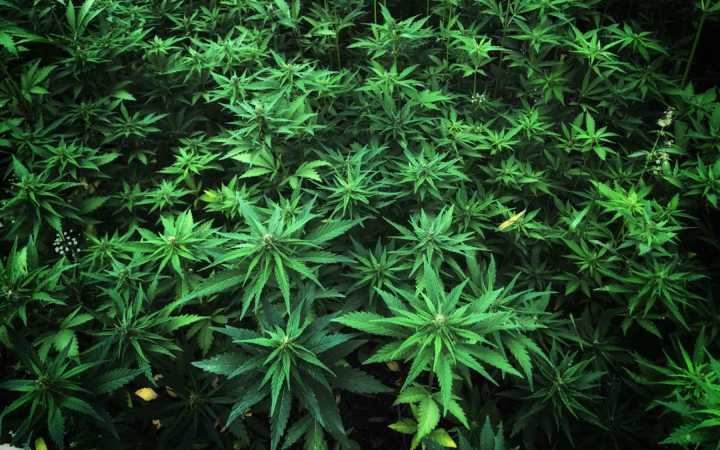
Lithium Battery:
A lithium battery is made of four key components. The cathode, to determine the voltage and capacity of the battery. It is the source of the lithium ions. The anode allows the electric current to flow via an external circuit. When the battery is charged, the lithium ions are stored in the anode. The electrolyte is formed of solvents, salts, additives, and is the channel of lithium ions between the anode and cathode. A separator is a physical barrier that keeps the anode and cathode apart.
They are known for their high charge density i.e. the ability to store charge and are capable of producing voltages between the range of 1.5 to 3.7 volts. Another variant is the lithium-polymer (LiPo) batteries, that are rechargeable.
These batteries are widely used in portable electronic devices and electric vehicles of all sizes and forms. They have a longer lifespan than alkaline batteries, albeit costlier.
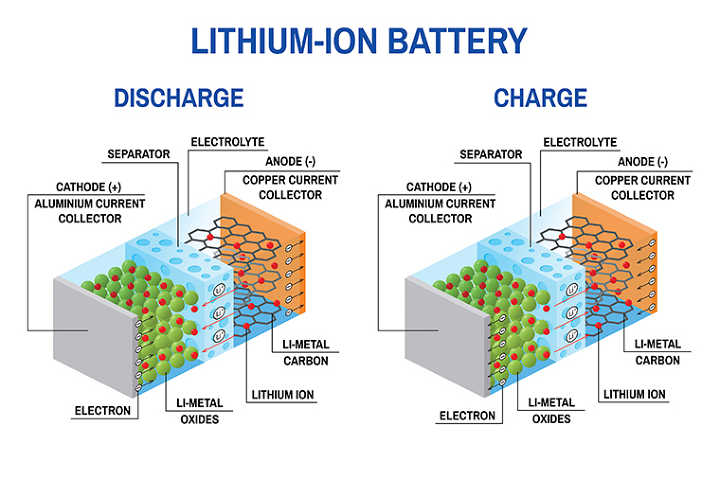
Hemp Battery:
Researchers have discovered a way to utilize the stem fibres of the hemp plant to create an eco-friendly and low-cost alternative to storing energy. Intensive research and development is being made on hemp supercapacitors, a form of energy storage device that can be charged faster than any other existing type of batteries of the present day.
Research and development are continually being made to find a replacement for graphene, a highly costly component in supercapacitors. In 2019, an experiment using supercapacitors from hemp bast – the bark of the hemp plant showed that it can store 12 watt-hours of energy per kilogram, which is double the capacity of conventional supercapacitors. To prepare a supercapacitor, the bast fibre is heated for 24 hours at 176 degrees. Then the remaining hemp is heated for a short time at 700-800 degrees. This process is known as hydrothermal synthesis. This process can turn the bast into carbon nanosheets, just like graphene nanosheets. One of the most significant benefits of this is the cost to make hemp supercapacitors, which is only a tiny fraction when compared to the graphene alternative.
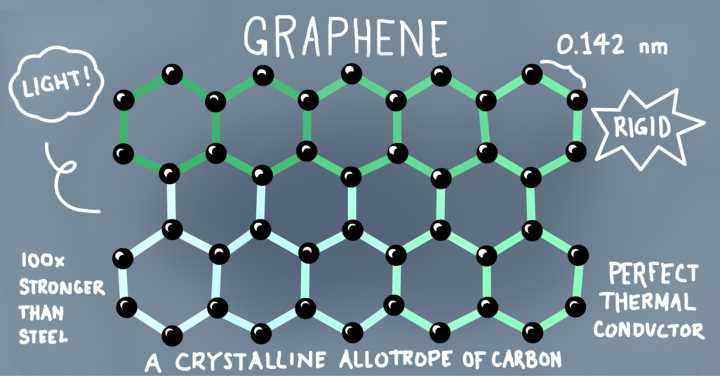
Hemp vs Lithium Battery:
Li-ion batteries have very good energy density which enables them to store large amounts of electricity at once, close to 100 to 200 watt-hours per kg. Supercapacitors have a comparatively low energy density, being able to store only about 5 watt-hours per kg for graphene, and 12 watt-hours per kg for hemp.
Li-ion batteries take a very long time to recharge and cannot provide a lot of power instantaneously, being a drawback when it comes to application in electric vehicles due to the long charge times. Hemp supercapacitors on the other hand can be charged in seconds and can provide huge amounts of power in a very short period, making them a very suitable option for electric vehicles.
Li-ion batteries also have a limited lifespan owing to the wear down of the internal component, while supercapacitors have almost a limitless lifecycle since there is not internal component wear.
Based on experiments conducted to compare the efficiency of hemp and lithium batteries, it was deduced that hemp batteries perform much better than lithium batteries. The hemp and lithium battery were connected in a circuit at separate times, to the same equipment in identical conditions. The amps curve, the volts curve and the volts by amps curve were recorded. It was observed that power recorded in the volts by amps curve for the hemp call was a value of 31 while that of the lithium cell was a mere 4.
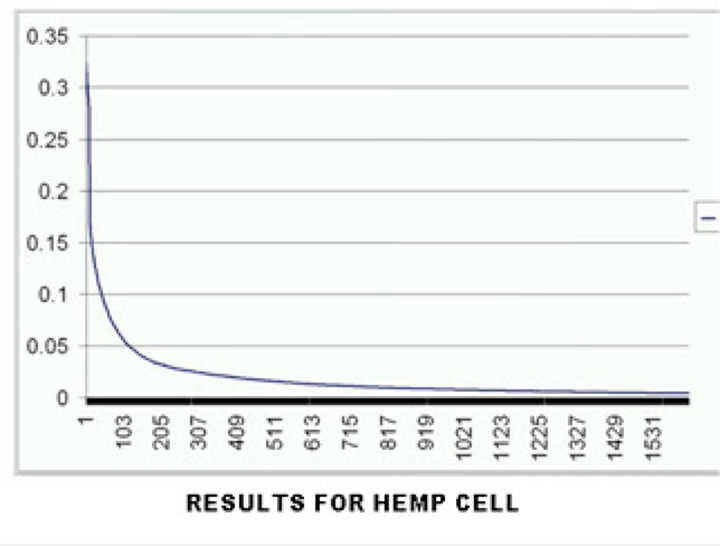
What is the future of Hemp Batteries?
The present challenge faced with hemp batteries or supercapacitors is the poor energy density, which makes them not very suitable for energy storage for renewable systems. R& D needs to be done to work on this particular area to make hemp power the most suitable and complete option and dethrone all the existing power sources.
However, even with the present capabilities, hemp supercapacitors can be used in hybrid conditions to extract environment-friendly power. For instance, situations where short bursts of high energy are needed, supercapacitors are the perfect fit. Supercapacitors in hybrid buses equipped with regenerative braking can quickly harness that energy produced during braking, then immediately release it seconds later to help the hybrid bus accelerate.
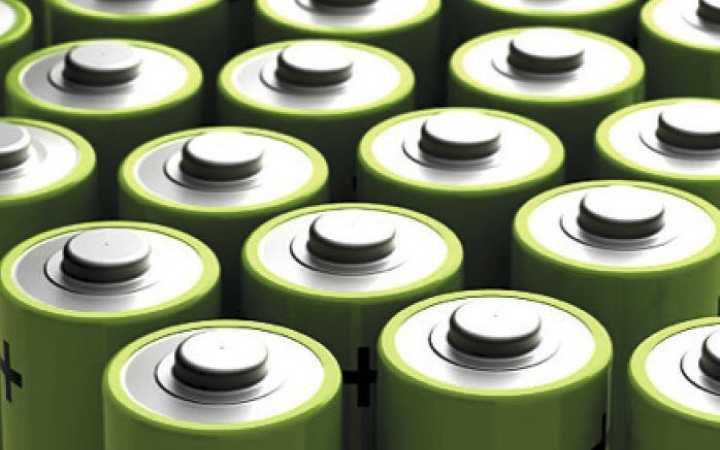
With some development, hemp supercapacitors hold the key to a sustainable and eco-friendly power source which is very affordable and matches the performance of all the present-day power sources.